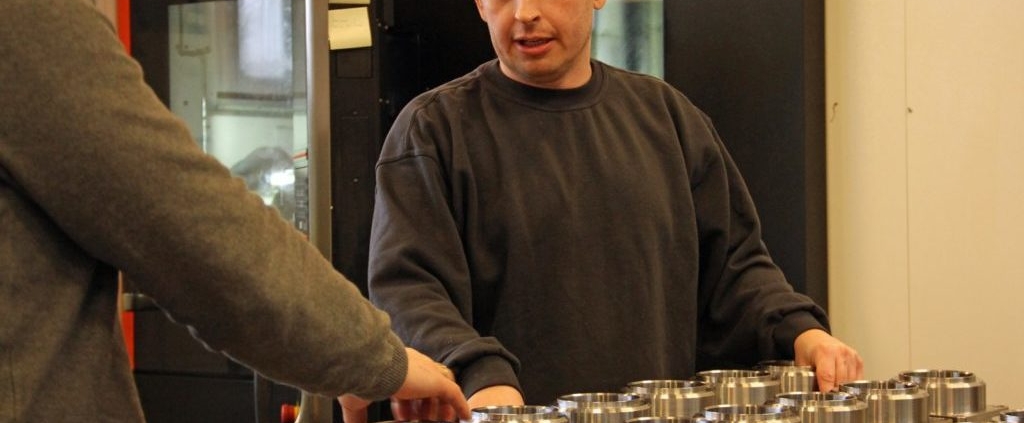At machined component developer and manufacturer RIVAL, we are experiencing new aspects in the collaboration with the purchasers of tomorrow.
It happens when we achieve mutual understanding and interest in entering into closer collaboration, so that both parties can get a good deal from the collaboration, and the customer can also see the benefit in relation to their finished components.
Together with the customers, we have managed to raise the dialogue to a more strategic level, where we look at the overall budget in the production of the customer’s components. The purchasers of tomorrow know that when they have to find savings at their suppliers, there are many other options available to them than just requiring a lower per unit price. They are already experiencing significant savings by entering into an agreement with RIVAL.
This is because at RIVAL we have for many years worked in a goal-oriented way to become the total supplier for our customers, and enter into long-term agreements for the serial production of the customer’s critical and expensive components. We have been very successful in this regard, because our setup, machines and employees are highly suited to solving such tasks, and we can provide the customer with a valuable and overall economically beneficial solution.
At RIVAL, we will rarely be competitive if it is just about producing one single component, and we shall ‘just’ execute the task. Our employees, processes and machines demonstrate their full potential when the task requires something more, and we can collaborate with the customer on challenging, developing and fine-tuning the machining. In this way, we are a developing partner rather than an operating partner.
Many customers see the same benefits and thus want to enter into a closer collaboration with us, both in relation to purchasing and to more technical production aspects. We achieve this mutual and fully utilised collaboration between the customer and RIVAL, when the customers also have a complete overview and have valid forecasts of their future requirements, which they choose to share with us and enter into a long-term framework agreement. In this way, we can often reduce the customer’s component prices by up to 20%, which is significantly more than the five-percent requirement that the customer often starts with.
Se flere nyheder



